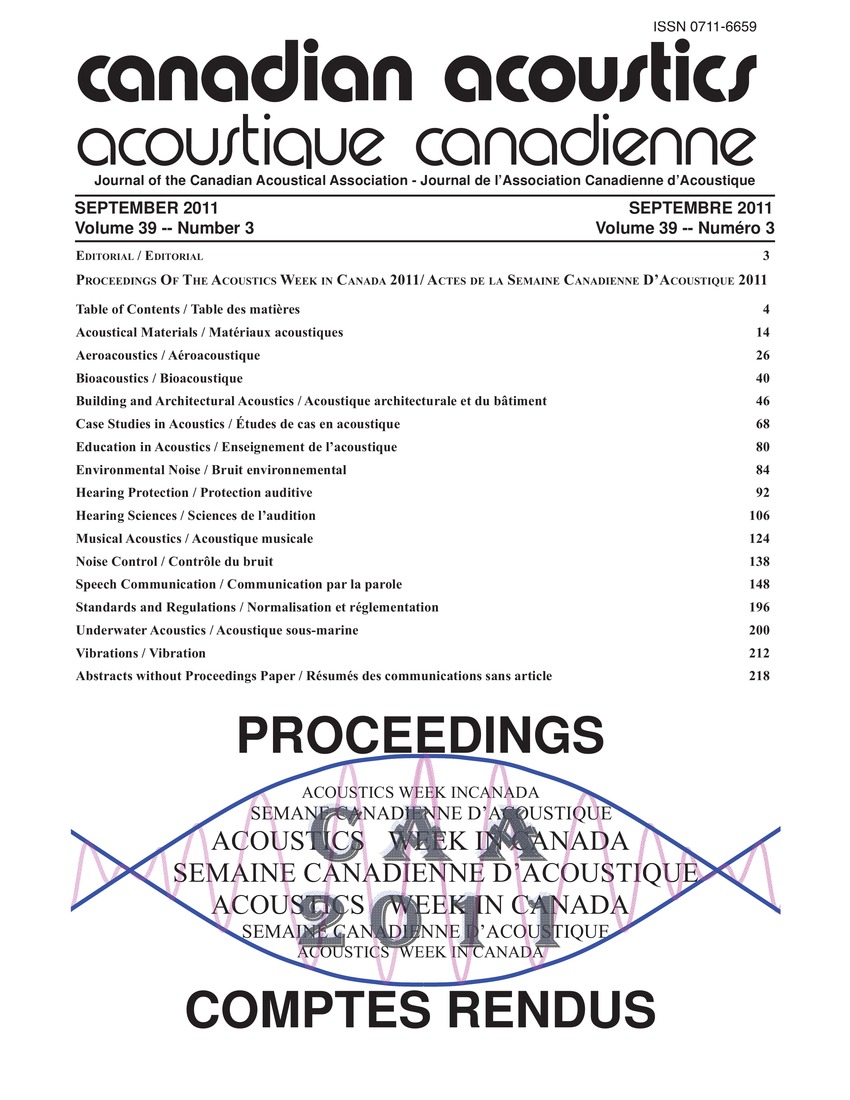Uncertainty quantification for the trailing-edge noise of a controlled-diffusion airfoil
Keywords:
Eddy currents, Navier Stokes equations, Computational domains, Error bound, Inlet boundary, Modelisation, Numerical solution, Recirculation zones, Streamwise velocity, Trailing edge noise, Transition regions, Uncertainty quantificationsAbstract
A study that examine uncertainties associated with the prediction of trailing-edge noise, through an uncertainty quantification (UQ) framework, using RANS computations or conventional LES computations, in order to determine their respective robustness and accuracy is presented. The uncertainty is introduced at the inlet boundary of the restricted computational domain. The physical variations in the experimental flow measurements are taken into account by selecting a 2.5% error bound on the streamwise velocity U and a 10% error bound on the crosswise velocity V around the deterministic numerical solution. This observation is a significant departure from RANS computations where the second recirculation zone beyond mid-chord never occurs for low aoa. This difference is related to the used RANS modelisation that is considering fully turbulent flows and therefore cannot correctly take into account the laminar and transition regions whereas LES calculations do.Additional Files
Published
How to Cite
Issue
Section
License
Author Licensing Addendum
This Licensing Addendum ("Addendum") is entered into between the undersigned Author(s) and Canadian Acoustics journal published by the Canadian Acoustical Association (hereinafter referred to as the "Publisher"). The Author(s) and the Publisher agree as follows:
-
Retained Rights: The Author(s) retain(s) the following rights:
- The right to reproduce, distribute, and publicly display the Work on the Author's personal website or the website of the Author's institution.
- The right to use the Work in the Author's teaching activities and presentations.
- The right to include the Work in a compilation for the Author's personal use, not for sale.
-
Grant of License: The Author(s) grant(s) to the Publisher a worldwide exclusive license to publish, reproduce, distribute, and display the Work in Canadian Acoustics and any other formats and media deemed appropriate by the Publisher.
-
Attribution: The Publisher agrees to include proper attribution to the Author(s) in all publications and reproductions of the Work.
-
No Conflict: This Addendum is intended to be in harmony with, and not in conflict with, the terms and conditions of the original agreement entered into between the Author(s) and the Publisher.
-
Copyright Clause: Copyright on articles is held by the Author(s). The corresponding Author has the right to grant on behalf of all Authors and does grant on behalf of all Authors, a worldwide exclusive license to the Publisher and its licensees in perpetuity, in all forms, formats, and media (whether known now or created in the future), including but not limited to the rights to publish, reproduce, distribute, display, store, translate, create adaptations, reprints, include within collections, and create summaries, extracts, and/or abstracts of the Contribution.


